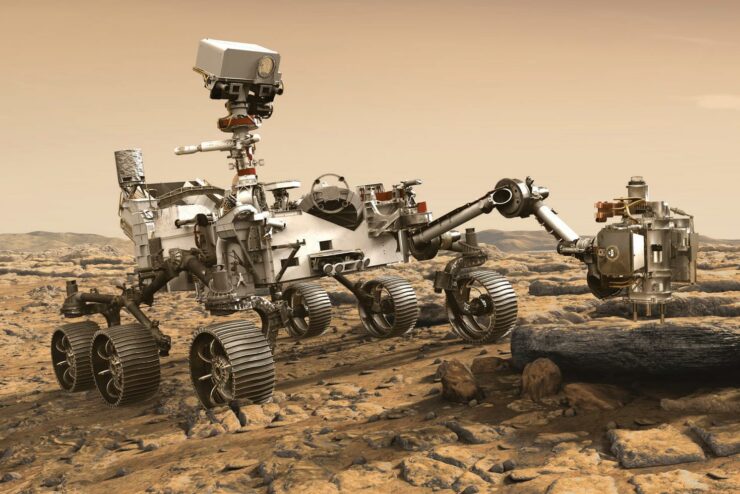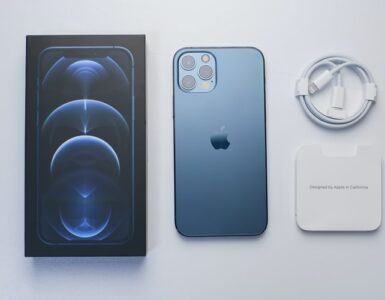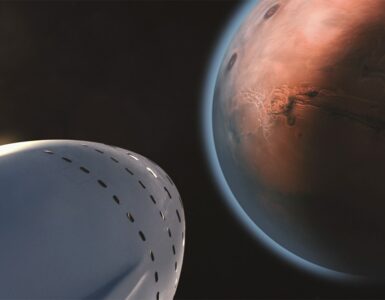If you are reading this article, there’s little chance of you not hearing about what NASA‘s been up to lately, and that is of course what they do best: sending things to space so they can send photos back so no one meets a timely end if they were to try and do the same.
This time the destination is a bit more precise than ‘space,’ and that’s Mars. Perseverance has joined the recently turned international family of robots taking #nofilter photos of the red planet, while doing something else that could be classified as “advancing our knowledge about other planets and indirectly, about the Universe itself”.
So, shall we see what this excitement is all about?
What is Perseverance?
A ‘small’ robot the size of a car, manufactured by the guys who gave us laptops and camera phones. It has a lot of scientific payloads on-board, meaning equipment used to analyze the solid and atmosphere of Mars.
What’s So Special About It?
Quite a lot of things. It has over 20 cameras and 2 microphones which allowed it to take the already famous landing video, a first for any space mission. The other biggest exciting factor about it, is the accompanying mini-helicopter called Ingenuity, which is a quite accurate quality of the not only itself, but the whole robot.
The helicopter has successfully completed the first flight on another planet, quite a feat, considering it is 50 cm tall and weighs almost 2 kilograms.
What is even more amazing is that the Perseverance rover going to collect rock samples and store them in a ‘cache,’ that could be retrieved by future manned missions to the red planet.
Currently, Perseverance is studying the soil around its landing area, analyzing samples with the use of an internal, sophisticated laboratory. For NASA fans, this may be quite similar with the previous Big Boss of the red planet – the Curiosity rover.
What’s the Difference Between the Two?
You could say Perseverance is an upgraded version of Curiosity. Here are some differences between the two:
- The large arm can collect larger rocks
- The arm is bigger, allowing for more equipment such as cameras and scientific instruments and even better drills
- Overall more efficient software that allows for greater autopilot capabilities
- Can be more accurately programmed for specific tasks
- Better wheels that turned out to be a necessity since Curiosity’s have eroded over time
- Heavier than its predecessor
As you can see it is basically a more robust, little larger version of Curiosity, with the addition of the Ingenuity helicopter for even more record-setting feats.
What’s Next?

It is important to remember that the Perseverance rover is only the latest of a long list of such vehicles created by NASA, each building up our knowledge about Mars in its own way. For example Sojourner, the first rover that drove a small distance on the red planet, had the purpose of demonstrating that such thing was even possible.
Opportunity, which landed in 2004, found evidence that the planet had once hosted running rivers, before becoming the desert we see today. Curiosity discovered that the Gale Crater (its landing site) had the conditions to host microbial life billions of years ago.
It is now the turn of Perseverance to take the next step and settle the question if there ever was life on Mars in the past, and who knows, maybe today? Another important goal is to bring the people closer to what may seem Sci-Fi operations, through the use of the many cameras on-board the rover.
We have already seen some spectacular views on its way down, so it is definitely exciting to think about what wonders the Perseverance rover will show us next.












